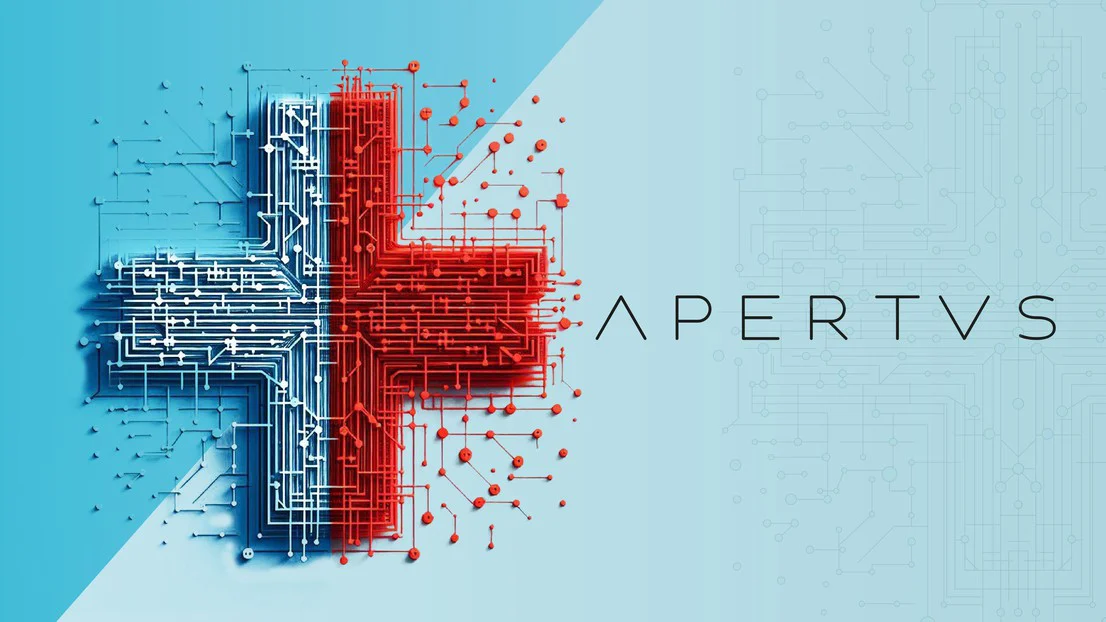EPFL researchers have developed new software – now spun-off into a start-up – that eliminates the need for data to be sent to third-party cloud services when AI is used to complete a task. This could challenge the business model of Big Tech.
(more…)
Add a body paragraph text
1-4
Learn more about us

About the Summit
2-4

3-4
Read article

Add a body paragraph text
4-4
Read article
EPFL researchers have developed new software – now spun-off into a start-up – that eliminates the need for data to be sent to third-party cloud services when AI is used to complete a task. This could challenge the business model of Big Tech.
(more…)Vinitra Swamy, the first graduate of the Machine Learning for Education Laboratory (ML4ED), has been awarded the Patrick Denantes Memorial Prize for 2025. This award is given each year to a doctoral student in the School of Computer and Communication Sciences for the best thesis.
(more…)EPFL School of Engineering professors Sophia Haussener, Maryam Kamgarpour, and Li Tang have been awarded prestigious European Research Council (ERC) Consolidator Grants.
(more…)EPFL, the University of Lausanne (UNIL), Lausanne University Hospital (CHUV) and Unisanté will team up on 28 and 29 November for Horizon Santé 2025 – a two-day event open to the public where experts will discuss key breakthroughs in the field of healthcare along with the societal issues shaping its future.
(more…)IC Dean and Director of the Imaging and Visual Representation Laboratory has been recognized with the 2025 Royal Photographic Society Award for Imaging Science.
(more…)The European Research Council announced on Thursday that School of Engineering professors Pierre Vandergheynst and Christophe Ballif have been awarded ERC Synergy Grants to tackle major scientific challenges.
(more…)Antoine Bosselut, Charlotte Bunne and Martin Schrimpf have been awarded prestigious 2025 Schmidt Sciences AI2050 fellowships, to focus on how to fulfill AI’s potential to dramatically benefit humankind.
(more…)